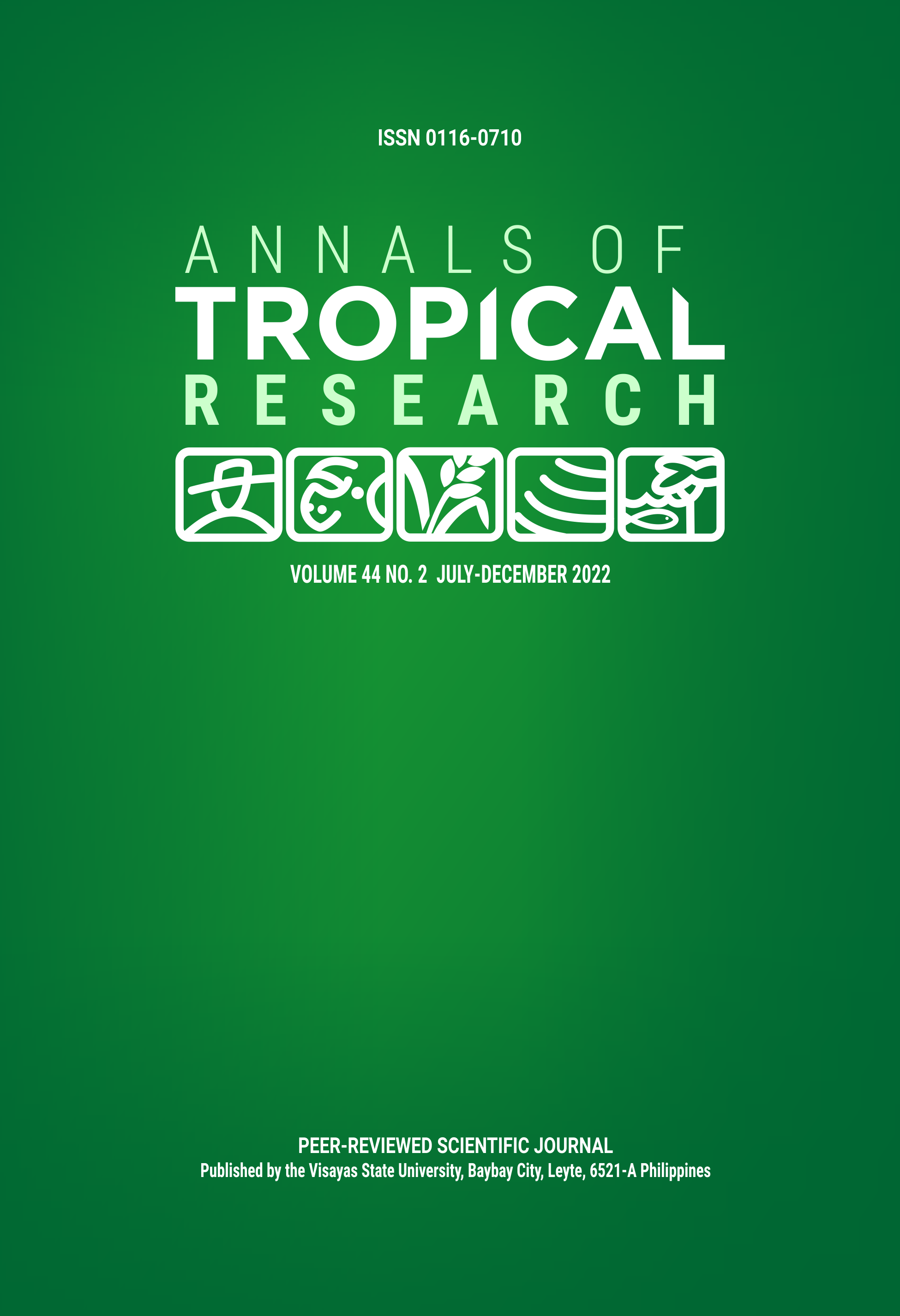Leaf-litter decomposition and nutrient release dynamics of some savanna agroforestry tree species: A model for soil improvement strategies
DOI:
https://doi.org/10.32945/atr4421.2022Keywords:
Leaf residues, decomposition, mineralization, soil fertility, alfisolsAbstract
The application of leguminous agroforestry tree species using leafy biomass to improve soil fertility in the savanna alfisols is observed to be uncommon. Although, if applied, leguminous leafy biomass increases soil organic matter and improves its fertility potentials for crop productivity. This research investigated leaf-litter decomposition and nutrient release of some selected agroforestry tree species. Five species of agroforestry tree leafy biomass were selected (Faidherbia albida, Leucaena leucocephala, Gliricidia sepium, Senna siamea, Albizia lebbeck) and the effect of the biomass placement patterns of the litter bags in the soil was investigated; viz-a-viz surface placement (above-ground level) and embedded placement at 15cm depth (below-ground level) arranged as 5×2 factorial in Randomized Complete Block Design with four replicates. The data were analyzed using Analysis of Variance, while the means were separated using Duncan Multiple Range Test (p≤0.05). The soil results showed that the pH of the study area was near neutral (6.20) and loamy sand in nature.
The leafy biomass of all the agroforestry tree species tested were noted to release nutrient two weeks after decomposition. However, it was observed that the species of leafy biomass and placement patterns had significant influence on both weight loss and nutrient release. The rate of leaf-litter decomposition and nutrient release (mineralization) were significantly higher in biomass embedded in soil at 15cm depth (below-ground level) than the surface placement (above-ground level). The nutrients released in the form of nitrogen, phosphorus, potassium, calcium, magnesium, sodium and organic carbon from leafy biomass embedded in the soil reached more than 50% in the 14 days of biomass decomposition. G. sepium leafy biomass among other species decomposed and released nutrients more rapidly, both at embedded and surface placements. It is therefore recommended that G. sepium leafy biomass be used as an alternative organic based fertilizer to improve soil fertility for increased crop production in savanna alfisols.
Downloads
Submitted
Published
How to Cite
Issue
Section
License

This work is licensed under a Creative Commons Attribution-NonCommercial-ShareAlike 4.0 International License.











